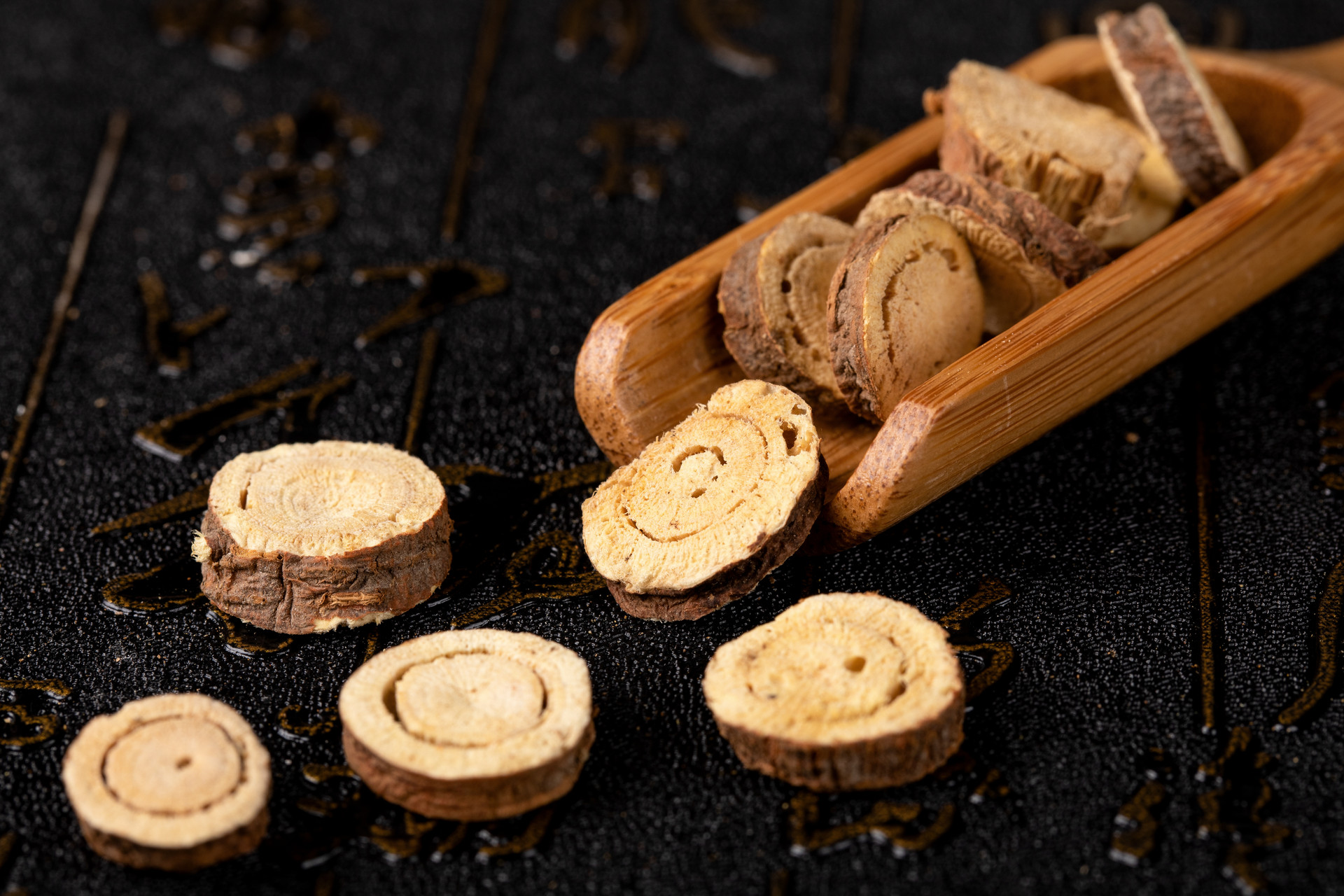Chinese herbal medicine "Gangban Gui", also known as Cili Tou, Lao Hu Li, and Lao Hu Ci. It has the effects of clearing heat, detoxifying, diuresis, and reducing swelling. Gangban Gui can also be used to treat yellow wasp stings. Let's take a look at the specific methods with the editor of Chinese Medicine Website!

Image of Gangban Gui
【Methods for treating yellow wasp stings with Gangban Gui】
Composition: Fresh Gangban Gui 56.3g (washed), a little sweet wine
Method: Mash and squeeze the juice, mix with sweet wine and take it. This method can also be used to treat snake bites, as it can clear heat and detoxify.
【Emergency treatment for yellow wasp stings】
If stung by a yellow wasp, because its venom is alkaline, it needs to be neutralized with acidic liquid. Applying vinegar or human milk to the affected area can relieve pain and itching.
1. Use a needle or tweezers to remove the remaining venomous sting from the wound, but do not squeeze it to avoid the remaining toxins from entering the body. Then use a suction cup to extract the venom, reducing the absorption of toxins. Applying ice cubes to the sting can reduce pain and swelling.

Image of Gangban Gui
2. Use lemon, orange juice, or other fruit juice to apply to the sting. Simple Portulaca oleracea is effective in treating hornet stings. Applying onion paste can also have a certain effect.
3. In addition, breast milk, wind oil, cooling oil, Piyinping, and other substances can be used to remove bee venom. Remember not to use red medicine or iodine to apply, as it will not only not treat the sting but also worsen the swelling.
【The original form of Gangban Gui】
Gangban Gui is a perennial herb with stems that have ridges and are reddish-brown in color, with backward-hooked thorns.
The leaves are alternate, shield-shaped; leaf blades are nearly triangular, 4-6cm long, 5-8cm wide, with pointed tips and nearly heart-shaped or truncate bases. The lower surface has scattered hooked thorns along the veins; leaf sheaths are nearly circular, clasping the stem; leaf stalks are long, sparsely covered with backward-hooked thorns.
The inflorescence is short and spike-like; bracts are round; corolla is 5-lobed, pale red or white, enlarging and becoming fleshy and deep blue when fruiting; stamens are 8; pistil is 3-lobed.
The fruit is spherical, enclosed in the juicy blue perianth. The flowering period is from June to August, and the fruiting period is from September to October.












